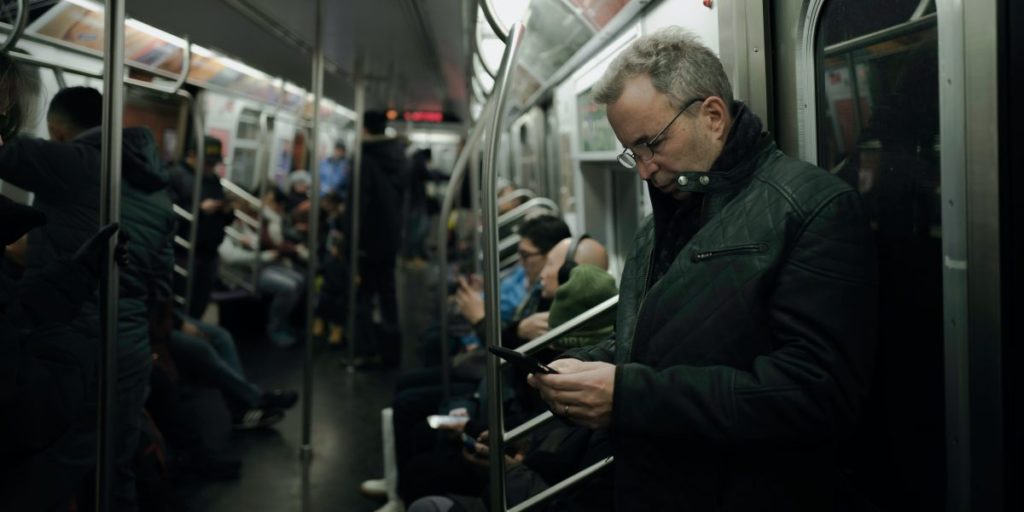How Bluetooth measures distance
Bluetooth is the chosen solution for most contact tracing because it’s a low-power signal that’s present in most phones, is highly resistant to blockage, and can be used in a way that preserves privacy. As part of its normal operation, it can measure the strength of a signal from another phone (known as the RSSI, or received signal strength indicator). In theory, the amount of power is proportional to distance, so it can be used to gauge how far the two phones are from one another. A strong signal means close proximity; a weak one means the phones are further apart. Thus, a certain signal strength between two phones can indicate a “contact event” between their owners.
How Bluetooth signals get complicated
In reality, many things can mess that signal up and make the data incorrect. Things like walls, human bodies, pockets, or even proximity to several phones at once can throw the measurements off. In a recent newsletter, the Verge’s Casey Newton talked to the former national coordinator for health information technology at the Department of Health and Human Services, Farzad Mostashari, who is skeptical that Bluetooth can get the job done.
One problem is that such a system could yield many false positives, Mostashari told Newton. “If I am in the wide open, my Bluetooth and your Bluetooth might ping each other even if you’re much more than six feet away,” he said. “You could be through the wall from me in an apartment, and it could ping that we’re having a proximity event. You could be on a different floor of the building and it could ping. You could be biking by me in the open air and it could ping.”
How Bluetooth can get it wrong
There are many other potential sources of error. For example, if your phone is standing up in your pocket—in portrait rather than landscape mode—it can significantly change the amount of received power. That alone can make it look as if somebody across the room is just a couple of feet from you.
“It’s not at all hopeless… There are other sensors on your phone as well.”
Another simple but dangerous way Bluetooth could get it wrong has to do with the way the signal passes through the human body. If you and I are standing back to back, literally touching, that should register as a contact event. But if we are holding phones that send the signals through our bodies, the reading might be weak and be misinterpreted as distance. On the other hand, if we are separated by paper-thin apartment walls, it could be read as a contact event when it is definitely not one. All the objects and surfaces around you can affect the signal in one way or the other, and even the software—for example, if you’re using an Android and I’m using an iPhone—can add confusion.
Just these few problems can add up to significant error if not properly accounted for.
Experts like Swarun Kumar, the leader of the Emerging Technology Lab at Carnegie Mellon University, agree that it is hard to get proximity sensing right. Five years ago, Kumar’s PhD thesis involved research on precise wireless location tracking.
“This is a big challenge for any contact-tracing app that we build,” he said at MIT’s ImPACT 2020, a recent conference on privacy-protecting contact tracing.
What technologists are doing to get it right
However, the situation can be improved by taking more data into account and learning more about how to properly interpret signals, said Kumar.
“It’s not at all hopeless,” he said. “There are other sensors on your phone as well. For example, the ambient light sensor could tell you if your phone is in your pocket or purse, which tells you about potential blockages. Your accelerometers help; your compass and gyroscope can tell you how a device is oriented on multiple planes.”
Jennifer Watson, a researcher at MIT’s Lincoln Laboratory, has led a project where team members in quarantine measured in their own homes how variables like location, phone orientation, other phones, indicators of outdoor versus indoor, and various materials can affect signals.
“There is enormous variability in received signals,” she said at ImPACT. “What we wanted to do is get a handle on this very quickly in a simple way.”
